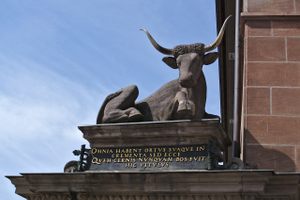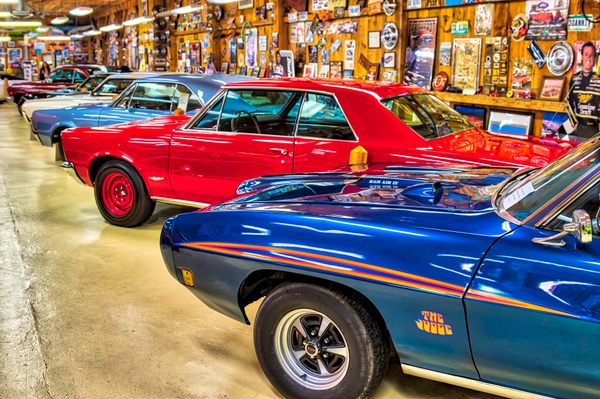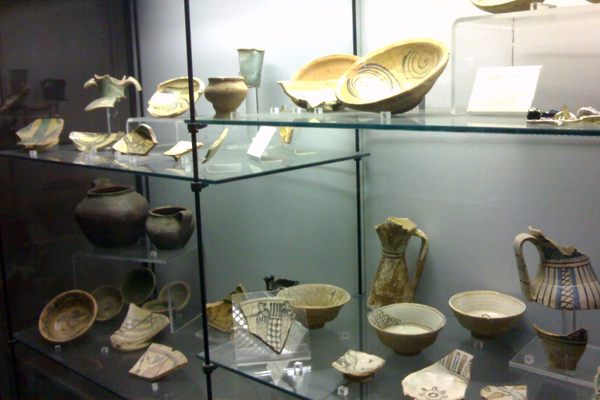About
Dedicated to space technology, the Hermann Oberth Space Travel Museum in the Franconian city of Feucht in Bavaria, Germany, celebrates the life work of the man for which it is named. Oberth (1894–1989), along with American Robert Goddard and Russian Konstantin Tsiolkovsky, was one of the three founding fathers of rocketry and modern astronautics. Interestingly, the three all worked around the same time but independently of one another.
Oberth's interest in rocketry was sparked by Jules Verne's From the Earth to the Moon, which his mother gave him as a present when he was only eleven. He read the book until he had it memorized, Oberth would later recall. At that time, most scientists thought rockets that could propel people into space were simply works of fiction, but by the time he turned fourteen, Oberth had already put together plans for constructing a recoil rocket that would propel itself through space by expelling exhaust gases from its base.
After studying physics, aerodynamics, and medicine at universities in Munich, Heidelberg, and Göttingen, Oberth put together a thesis entitled "The Rockets to the Planets in Space" that, once revised, would prove a revolutionary work; he was one of the first to seriously study human spaceflight.
Over the years, Oberth worked on a number of famous projects. But his professional standing in the public eye was slightly tainted by his quirky belief in aliens. In an article published in The American Weekly in 1954, Oberth wrote:
"It is my thesis that flying saucers are real and that they are space ships from another solar system. I think that they possibly are manned by intelligent observers who are members of a race that may have been investigating our earth for centuries. I think that they have been sent out to conduct systematic, long-range investigations, first of men, animals, and vegetation, and more recently of atomic centers, armaments, and centers of armament production. They obviously have not come as invaders, but I believe their present mission may be one of scientific investigation."
Exhibits inside the museum include a Cirrus rocket and a Kumulus rocket, which were developed in the 1960s and launched outside of Cuxhaven, Germany. A Swiss Zenit sounding rocket is also on display.
Related Tags
Published
August 4, 2010
Sources
- Wikipedia: Hermann Oberth Space Travel Museum: http://en.wikipedia.org/wiki/Hermann-Oberth-Museum
- Hermann Oberth: Father of Space Travel: http://www.kiosek.com/oberth/
- Mutual UFO Network: "Statements About Flying Saucers And Extraterrestrial Life Made By Prof. Hermann Oberth, German Rocket Scientist" (June 2002): http://www.mufon.com/znews_oberth.html



















